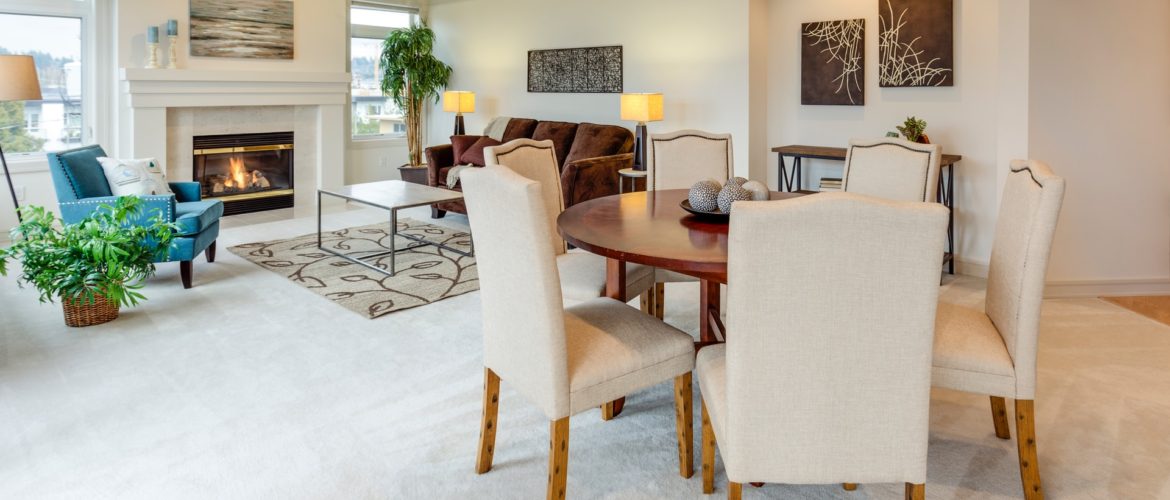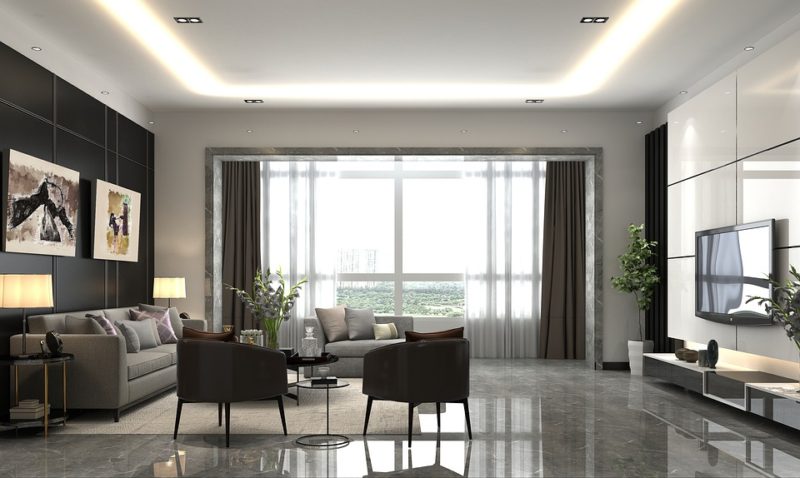Tips for Home Art Curators: How to Display Your Art Like a Professional

So, you’ve grown quite a collection of art, and now you want to display it, but you aren’t quite sure how to go about the process. Welcome to the challenges of art curation! There are many competing philosophies on the art of displaying art, and this post is going to explore some of them.
Ultimately art curation comes down to taste. According to professionals, there are “wrong” ways to do it, but there are also many “right” ways. The important part is deciding which display style is right for your home, principles, and aesthetics.
But first, we’ll need to explore some definitions.
What Is Art Curation?
It’s so much more than hanging framed posters on your wall. The word curation comes to us from Latin. Curare means to look after or care for. It wasn’t until the 19th century, when museums as a modern enterprise came into being, that the word was used to describe the act of taking care of artifacts and pieces of art. Curators were the ones tasked with taking care of an art collection.
To get to contemporary times, museum culture had to evolve alongside a rapidly industrializing world, then through a modern and post-modern world, through two world wars, and into the nuclear age. Eventually, it grew through the information age, where the practice sits now. Through all of these stages, the act of curation also evolved.
Today, curation is as much about how art is displayed and why art is displayed as it is about what art is displayed. Curation has become an art form of its own.
It’s essential to conceive of curation in this way when planning an art space for your home because you’ll want your art collection to be more than the sum of its parts. You’ll want subtext, theme, and mystery—all the makings of good storytelling.
With our definition set, we can move on toward the advice. Keep in mind that there are no absolutes in life—let alone art. The following advice will come in the form of questions designed to get you thinking about the meaning of your decisions.
Because, ultimately, art is meaning.
What Are You Trying to Say?
Each room of your house can benefit from this reflexive question—the answer doesn’t need to be definitive. Is the point of your art to complement or accentuate your home’s architecture or design? Or do you want your collection to be more than complementary?
What feelings are you trying to evoke from your audience (and yourself)? Another way of putting it is this: what kind of atmosphere are you trying to curate in the space?
All these questions will help you better understand what art to display and how to display it. Once you decide on what you want to say through your curation, now you must choose how to say it.
How Can You Get Your Point Across?
There are many ways to say the same thing. How many ways can you show someone you love them? Though there are many ways to say one thing, some methods are clearer and more compelling than others. (You might want to be obscure about your art collection too, and that’s okay.)
When trying to figure out how best to get your artistic point across, it’s best first to consider aesthetic extremes to decide where you want the presentation of your art collection to fit along these continuums. And it’s important to remember that the following are extremes—your curation doesn’t need to be one or the other.
Aesthetic Extremes: Maximalism vs. Minimalism
Two aesthetic extremes that define the density of your curation are maximalism and minimalism. Both are valid design aesthetics that reveal the meta-narrative behind the curation and perhaps reveal the core identity of the curator as well.
The cluttery, cramped, and chaotic evocations of maximalism have a certain chic, as do minimalism’s sleek, bare, and barren evocations.
Some people harness chaos and use it effectively to tell their story through an adhoc mosaic of emotions, moods, and atmospheres. People who like the aesthetic find maximalism “cozy” or “homey.”
Others prefer the openness of minimalism. Maximalism may feel too claustrophobic. Minimalism is often associated with serenity and relaxation.
What can you say through maximalism or minimalism?
Aesthetic Extremes: Polychromatic vs. Monochromatic
Another continuum to consider for your curation is color. Do you want clashing, loud colors, or do you want to focus on one to evoke a certain mood? Or, do you prefer a theme based on greyscale, using only degrees of black or white? Each of these options can add depth and subtext to the intention behind your curation.
Other Considerations for Curating Your Own Artspace
Finally, here are some other things to consider when designing your own in-home art gallery.
Lighting Your Art
Consider if you want to light your art the way it might appear in a museum or whether you’d prefer to leave it to ambient light. What kind of light do you want to use if you decide to light it? Soft light? Warm light? Bright light? Colored light?
It may seem like overkill, but each lighting choice has a specific effect on how that piece of art is perceived.
Framing Your Art
Like lighting, this is also a subtle choice. Bare canvas has a certain aesthetic, but you might be going for framed art. Whatever option you go with, make sure you are making it consciously and putting some thought behind your decision.
Are You Ready to Curate Your Own In-Home Art Galley?
Art curation is a lot more complicated than you may have first considered. Professional, thoughtful, and intentional art curation goes well beyond the scope of this article. However, you can start asking yourself the questions raised within to start thinking like a curator.
Best of luck with your in-home art gallery!
Jenn Walker is a freelance writer, blogger, art collector, and avid beachgoer operating out of Southern New Jersey. She writes for Goldleaf Designs, custom home builders in Ocean City, NJ.


